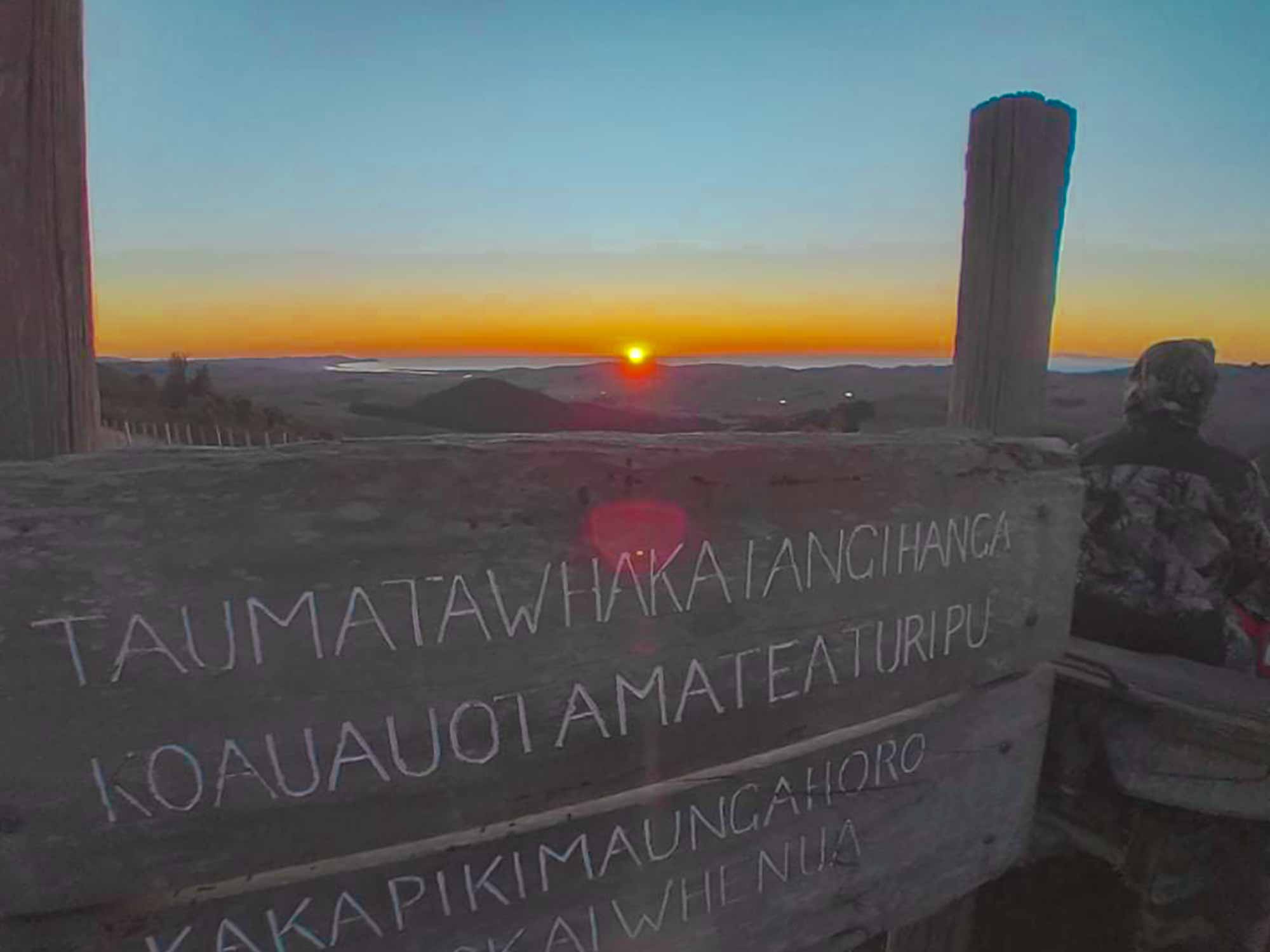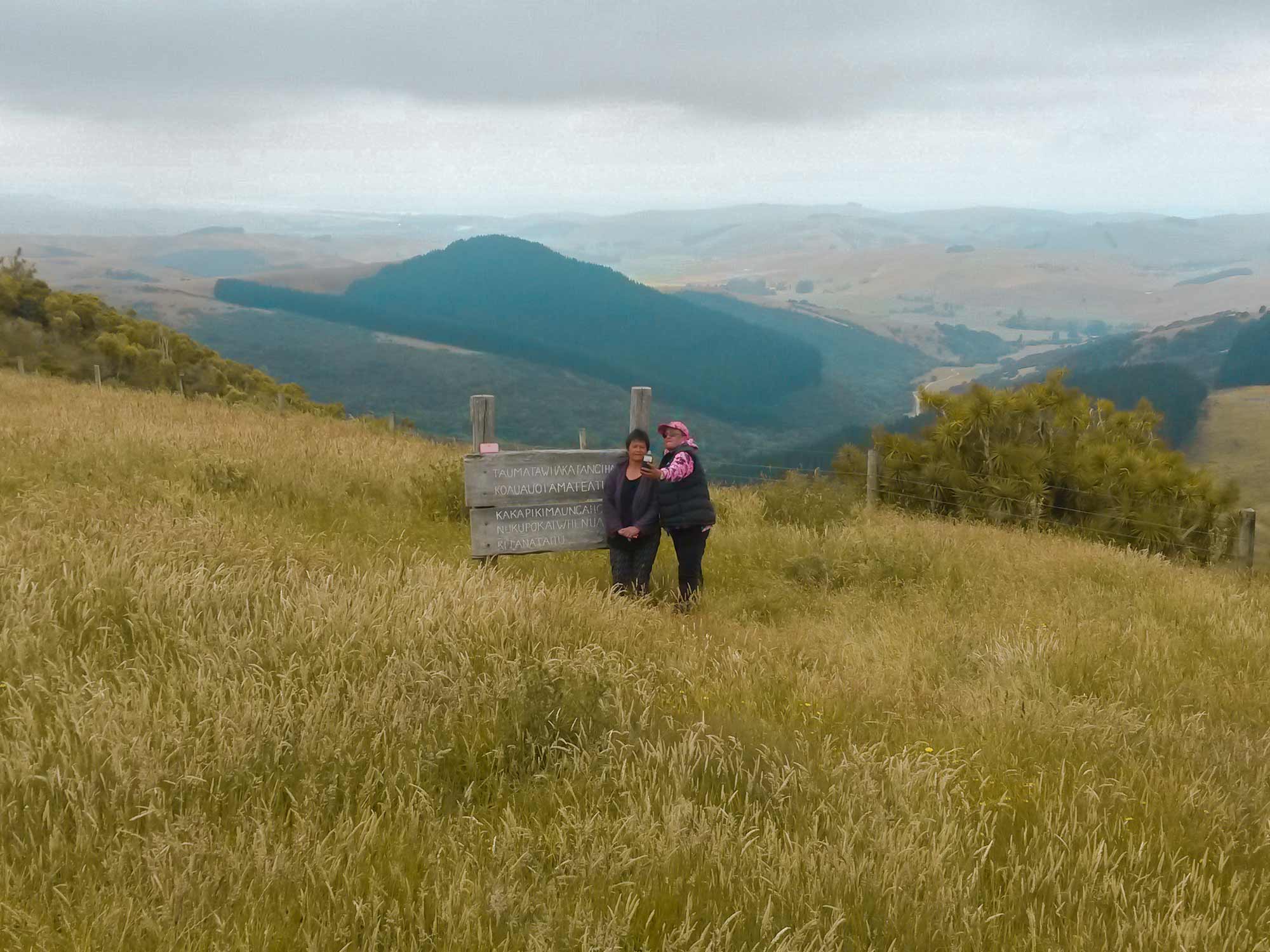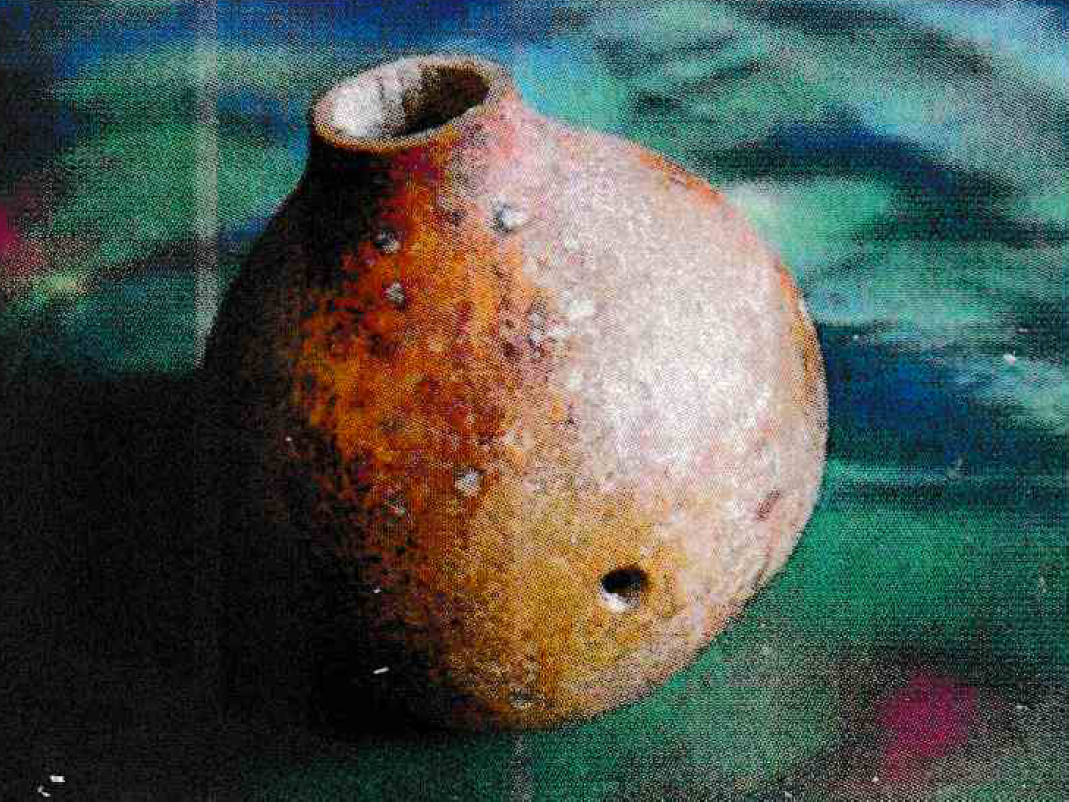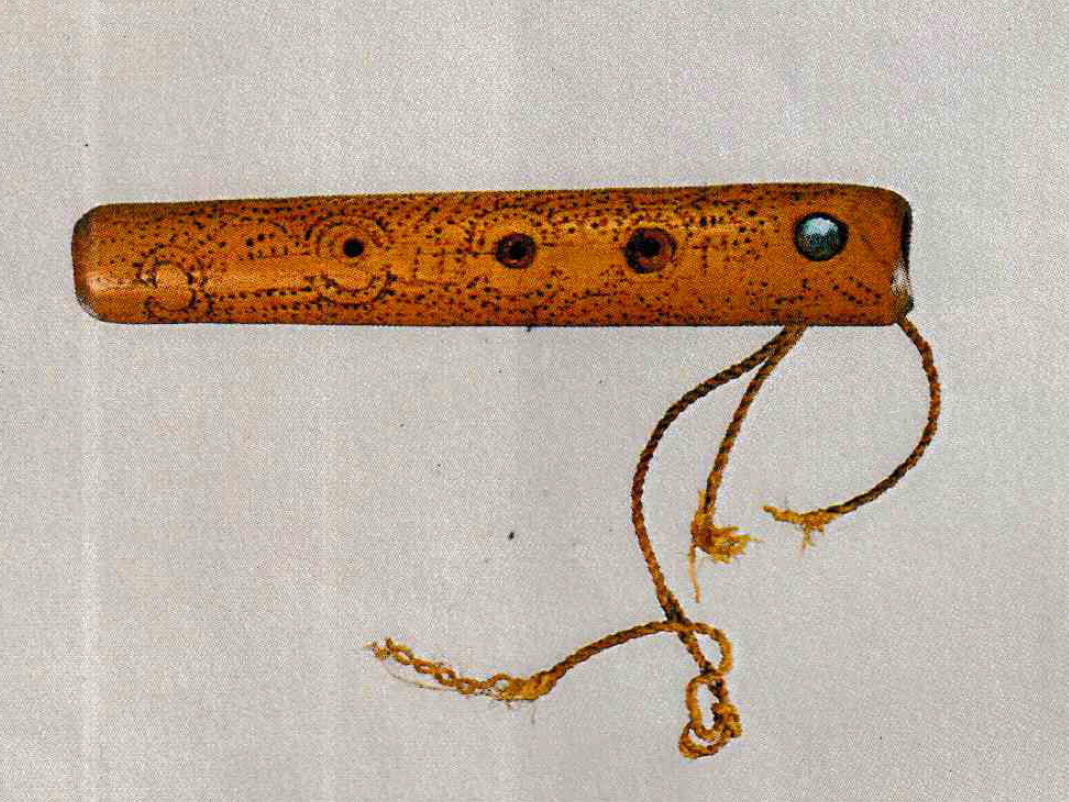PLACE NAME STUDY
Taumata the Place
For many generations local hapū have known the location of the actual site, and on special occasions have gathered as whānau and hapū on Taumata.
More recently, local hapū have also become more involved in the preparation and good practice regarding the use and prevention of exploitation of the name Taumatawhakatangihangakoauau-otamateaturipukakapikimaungahoronukupokaiwhenuakitanatahu. They consider Taumata as part of their culture identity, and have sung songs about its cultural importance for many decades.


The tranquil view from Taumata stretches along the coast in the East from Te Paerahi (Porangahau) to Parimahu (Blackhead point), across to the Ruahine and Puketoi ranges in the West. This view was once only assessable to individuals willing to hike over the hills to reach the site and other sites of significance to local hapū. However, due to the increased interest in this place of significance, the land owners opened a dirt road to public in the 1990’s which has made the Taumata site more accessible for four wheel drives. The drive to the top of the hill takes 25-35 minutes from the Wimbledon main road.
Taonga Pūoro
Traditional Māori Instruments
The story of Taumata is one of the few early oral accounts with regards to the traditions of taonga pūoro (traditional Māori instruments), and the use of the Koauau or more specifically, the Koauau Ponga Ihu.
Taonga puoro are made from a variety of materials such as gourds, bone, stone, wood, and shell, and were traditionally played for healing, rituals, and re-create particular moments in time. “Taonga pūoro were used to portray different aspects of the environment – water, birds, the wind… Natural imitation of sound could recreate these elements and re-evoke the essence of a moment.”


Traditional Māori society used in community and very rarely for entertainment, highlighting a conflict with the western concept of music. A variety of musical instruments were used by Māori in birthing, for healing, helping things grow, and in death to help usher people from the living world to the next, says University of Waikato performer and lecturer in Taonga Pūoro, Rangiiria Hedley.
Today, the resurgence and knowledge base with regards to taonga puoro is owed to a lifetime of understanding, playing, making and recording of Māori instruments by the likes of the late Dr Hirini Melbourne, Richard Nunns and Brian Flintoff.
There are a large variety of flutes that were commonly used by tangata whenua in traditional times. The Nguru, Putorino, Pumotomoto, Rehu and perhaps others.
The Koauau is the most common flutes. It is essentially an open cylinder made from bone, wood, or less commonly, stone. The Koauau Ponga Ihu (nose flute) is another type of koauau that has been argues as the type played by Tamatea, as stated by James Foster in the early 1930s.
The Hill where Tamatea-who-bored-through-the-land (rested and) played on his nose-flute.
(The koauau was a small flute blown with the nostrils)
Richard Nunns, a performer, and presenter of Taonga Pūoro, describes the use of the Koauau and other instruments,
The voice of both the Koauau and Koauau Ponga Ihu is wxquisite…(the sound) arouses extraordeniary snimstion from the elders that hear these instruments (and) is quite powerful…what we hear from elders is whakatangi, te hotuhotu manawa e tangi kōrero ana – aesthetic qualities of sobbing, crying and weeping…emotional things you will only hear with this instrument.
Richard Nunns also discusses the essence of playing an instrumnent like the koauau,
I am much more a performer of ngā taonga pūoro than a song writer, but the kinds of emotion and meaning I try to breathe into my playing are such things as tangi or sounds of crying; hotu or suppressed and sad sighing. In short, I try to sound like an old singer of mōteatea.
This analysis of the sounds of koauau supports local tikanga, the belief that the koauau is a traditional instrument of Tangi (lament), and not an instrument of courting. Different iwi have developed their own protocols. For example, with regards to the well known romanticisied story of Hinemoa and Tutanekai, some say it was a combination of the Koauau and Putorino that Tutanekai used to court Hinemoa.
The terms ko and auau are references to the sounds of Tane Mahuta (god of the foirest) – te Kō a te manu (the sounds of the birds), and te auau a te kuri (the howling of the dog). The haunting sound of the Koauau encapsulates the sorrow and grief one expresses with the loss of a loved one. The Koauau plays an important part in assisting with the journey of the wairua (spirit) from Te Ao marama (the world of light), to Te Pō (the after world).


Hence, the taumata site is associated with the process of mourning or tangi. The term tangi or tangihanga describes a Māori approach to the process of grieving for someone who has died. It is a tikanga (protocol) that enables people to express their sense of mamae (pain), pouri (sadness), or wehe (loss), not only for their loved one, but for those who have passed before them. In essence, Taumata was a place of lament for Tamatea Ure Haea, the great traveller.
This tikanga (tradition) has been maintained by local hapū members who continue to use the Koauau during tangi (bereavements) at Te Kaiwhitikitiki, the local urupā (cementery) at Porangahau.
Tamatea had several wives, one of these being Muriwhenua. From this important union came their son, Kahungunu, the eponymous ancestor of Ngāti Kahungunu.
Taumatawhakatangihangakoauauotamateaturipukakapikimaungahoronukupokaiwhenuakitanatahu
is a Munga Kōrero, and a place well-known throughout the world as an iconic landmark.
The cultural, spiritual, and traditional values are just as important.
